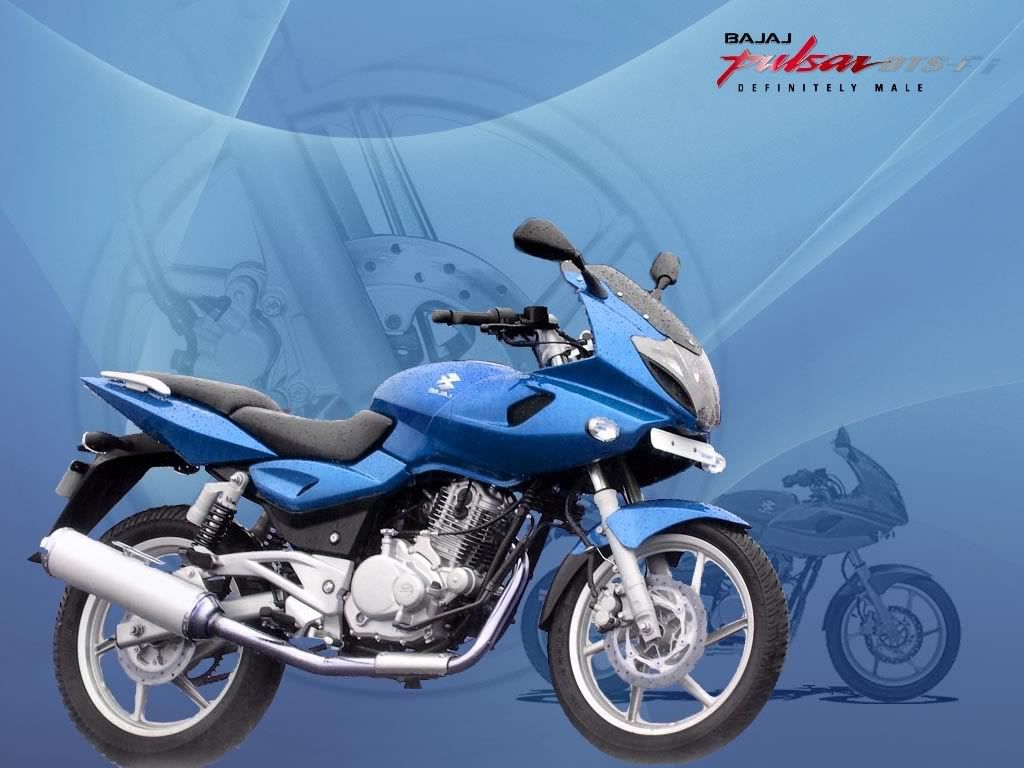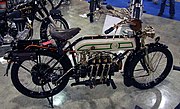
Yamaha Yzf-R15 Technology
Yamaha’s path-breaking YZF-R15 flags off the advent of exciting technology on Indian bikes. We get out the magnifying lens and give you a macro view.
Yamaha’s been taking a thrashing in the Indian market for several years. Dwindling sales, umpteen model failures and a confused identity have kept this Japanese giant in the background several years.
Yet, the firm has proved it’s made of stern stuff by not throwing in the towel. Confirming they are in this game for the long haul the giant is back with a bang. No one doubts Yamaha holds the keys to cutting-edge motorcycle technology, still, it will soon become the first manufacturer to offer this to Indian models.
The YZF-R15 is built for performance, and shows the way forward to its competition in more ways than one. We peer beneath the skin of this adrenaline pumping model.
Engine
Liquid-cooling
Liquid-cooling allows engineers to extract exciting performance from an engine, and is a technology that makes good sense for India, where the climate is often naturally hot and tough on engines.
Almost all motorcycles seen on our roads have till now used air-cooling. The R15 will break the mold deploying fluid to help it’s approximately 18bhp, 150cc, 4-stroke and single-cylinder engine maintain it’s cool. Liquid-cooled engines circulate a mixture of water and coolants with anti-freeze and anti-rust properties, constantly circulating this blend around galleries enveloping hot parts of the engine. The liquid serves to carry and transfer engine heat to the atmosphere by means of a heat exchanger, a compact radiator. Liquid-cooling involves the incorporation of jacket like passages tunneling into the cylinder and head, and promotes superior and uniform engine cooling.
Fuel-Injection
Fuel injection will be used by the YZF-R15 resulting in acknowledged benefits such as easy starts, clean engine performance, good economy and greener emissions. Injection works its magic thanks to providing lightning quick and precise doctoring of the air-fuel ratio for optimal combustion.
Fuel injectors on the R15 shall be of a six-hole sort, relying on inputs from sensors supplying information to its nerve center, an Electronic Control Unit or ECU. Throttle position, airflow, engine temperature, intake air temperature, intake pressure, and engine speed will be factors accounted for by the ECU before it decides on the perfect air-fuel recipe needed to be fed to the engine.
DiASil cylinder
DiASil stands short for Die-casting Aluminum-Silicon, and is a Yamaha breakthrough that enables manufacturing a light, yet strong engine-cylinder that mates 20 percent silicon content with an alloy of aluminum. DiASil is an all-aluminum die-cast cylinder that manages 60 percent better cooling performance while also enjoying a 30 percent cheaper production cost compared to a conventional cylinder. This Yamaha expertise provides outstanding resilience, with another benefit being the prevention of oil vaporization from the cylinder. The R15 shall utilize a DiASil tech enabled cylinder similar to that used by its bigger brother, the formidable YZF-R1.
A 4-Valve, Hemispherical Combustion Chamber
The YZF-R15 is set to operate 4-valves within its head in the latest Yamaha’s quest to encourage respectable performance at high engine speeds.
Four valves serve to open vast surface area in the cylinder during the inlet and exhaust strokes. A two valve construction cannot allow past as much volume of air-fuel mixture unless the valves are large. And then, an oversize valve footprint means adding inertia to the valve-train that is a hitch at high rpm where valves must open and shut at lightning speed. Extra valves promote swifter gas velocity and rake up high turbulence within the cylinder. This translates into enhanced filling and mixing of air and fuel, which means better combustion at high engine speeds. An extra surface area is further welcome because valves open only briefly at higher rpm during when there is a need to cram the cylinder with a high volume of charge.
In addition to four-valves, the R15 deploys a hemispherical combustion chamber with its spark plug screwed into the center. Yamaha say this is to ensure an even flame spread and allows relatively complete combustion.
Forged Piston
Forged pistons start life formed from a solid billet in a die under pressure, as opposed to a cast piston that takes form from molten metal poured in a mold. Forging as a process compresses alloy molecules densely, this making the piston more resistant to the thrashing it must endure during combustion. Forged pistons are often used in high performance engines such as be used by the YZF-R15, as they are better suited to extreme temperatures and high rpm operation.
6-Speed Close Ratio Gearbox
The YZF-R15 is equipped with a six-speed, close-ratio gearbox that will allow riders to exploit the best from their motorcycle. Expect the new gearbox to shift in a one-down and five-up pattern. This transmission when used properly shall aid sporty performance and good acceleration with a consistent feel of power at all speeds.
Fairing Protection
The R15 will become one of the few bikes in India to use a fairing and twin headlights when it launches in the middle of 2008. Apart from adding to style, a fairing shields riders from wind buffet when riding at high speeds. Yamaha tell us the R15 fairing is designed in a wind-tunnel, so as to minimize drag and keep the bike as aerodynamic and slippery as possible.
Delta-Box Frame
Among the most crucial advances to be provided by the YZF-R15 will be Yamaha’s Delta-box frame, a Japanese pioneered technology that will be deployed for the first time in an Indian motorcycle. Bikes here have long since used tubular frames, these perched a generation behind this superior type of chassis. The R15 frame shall use generously proportioned frame spars running from the steering head down to the swingarm pivot, providing superb rigidity, perfect stability and control that will allow riders to harness their motorcycle’s potential.
Linked Type Monocross Rear Suspension
Around the globe, single central suspension systems with innovative linkages have replaced dual suspension units at the rear of a bike. Honda’s Unicorn already uses a mono-shock to India. Yet, the YZF-R15 improves on that to use a linked type single suspension system at the rear known as Monocross by Yamaha. This advanced suspension provides progressive rate suspension that is certain to excel at pampering a rider’s spine on rough Indian roads. The Monocross system will be a key factor helping the R15 achieve the best possible handling under any given condition.
Rear Disc Brake
The R15 will enjoy the reassuring safety of a rear disc brake. Most motorcycling enthusiasts in India have already experienced the superior strength, bite, and fade-free brake character offered by a front disc brake. And there already exist few bikes like the Bajaj Pulsar 220 DTS-Fi and TVS Apache RTR 160 FI offering a rear disc unit too.
Snail Cam Chain Adjusters
The YZF-R15 uses snail cam chain adjusters that are superior kit as compared to the simple nut and bolt systems used across almost all Indian motorcycles (barring Royal Enfield models). Snail cam adjusters are relatively simple to work with, and offer accurate alignment of the rear wheel each time the drive chain is adjusted for play.
The YZF-R15 marks a turning point for Indian motorcycles. With this bike Yamaha gets back to doing what it excels. A technology rich and focused approach to our market loudly proclaims they are not interested in joining the rat-race to make more copy cat bikes that provide good fuel economy. Bold as it is, the YZF-R15 shatters all benchmarks en-route to delivering Indian bikers the whole gamut of motorcycle technology possible on a small capacity model. Built to excel in Indian conditions, it will be impressive to see whether the R15 lives up to all the hype and still stay affordable.
The R1 junior proves there’s often a light at the end of the tunnel, sometimes a big blinding one.












